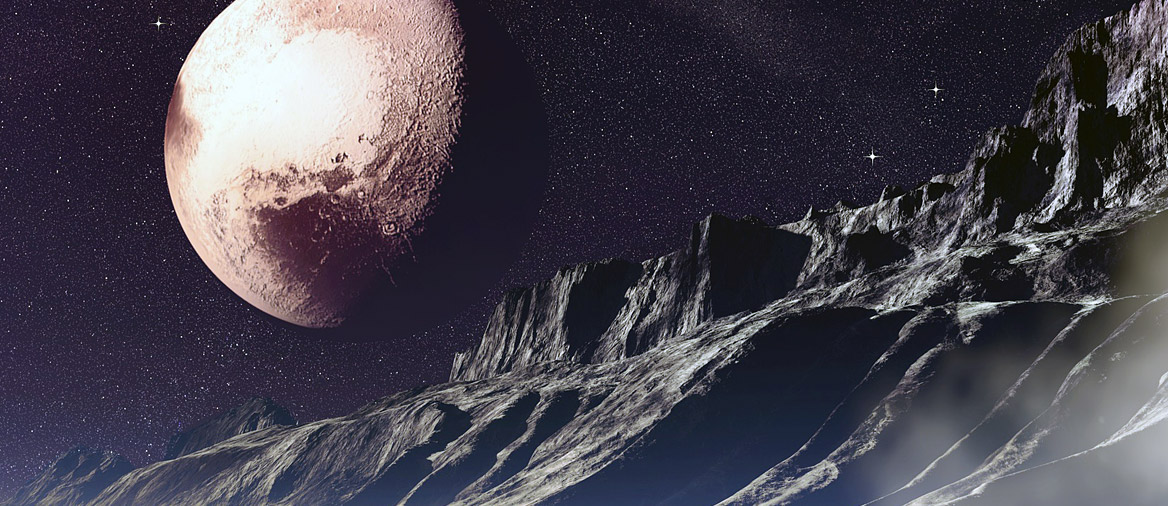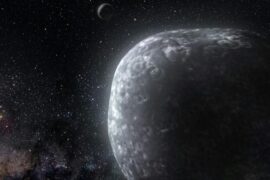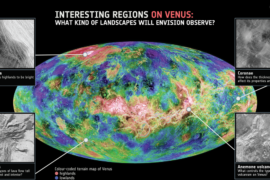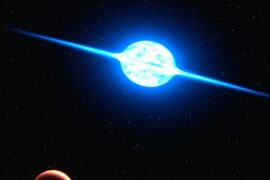In 2006, the International Astronomical Union assembled to discuss the discovery of Eris, an object slightly smaller than Pluto, and its possible inclusion as the tenth planet of the Solar system.
Up to this point, and since its official first observation in 1930, Pluto had been considered the ninth planet.
There was a problem, though. if Eris was to be added, then other smaller objects like Ceres and even moons like Charon had to be considered as planet candidates too, and the line of what constituted a planet would become too blurry.
A proposal that has been controversial ever since was made. It consisted of creating an intermediate category called “dwarf planets” that would include these objects.
The caveat was, this new definition would also “demote” Pluto from a planet to the dwarf planet category, which many people did not like because they were so accustomed to having nine planets.
The proposal was accepted. Officially, there are 8 planets (Mercury, Venus, Earth, Mars, Jupiter, Saturn, Uranus, Neptune) and 5 dwarf planets (Pluto, Eris, Ceres, Makemake, Haumea) in the Solar system. There are at least 7 other objects that are currently candidates to be dwarf planets and unofficially some are referred to as such. These include Gonggong, Sedna and Quaoar.
But the definition of what is a planet vs dwarf planet is still a bit confusing. In this article, we’ll try to clear things up a little bit.
Definitions
Planet
A planet is a large astronomical body that meets the following three characteristics:
- It must orbit a star
- It has to have cleared its orbit of every other object of similar size. This is called orbital dominance and is explained in more detail below.
- It must be big enough for its gravity to shape it like a sphere. This is called hydrostatic equilibrium.
Think about Earth as the most obvious example.
- It orbits the Sun. check
- It doesn’t have any big objects on its way around the Sun. check
- It’s spherical. check
Dwarf planet
The definition of what constitutes a dwarf planet is still a work in progress but as a general rule we can say that:
A dwarf planet is a type of planet that almost meets the three criteria above, but not entirely. Maybe it meets two, or two and a half, but it is missing something.
Take Pluto for example.
- Pluto orbits a star
- Pluto is large enough to be spherical. It is even large enough to have its own moon.
- But Pluto is not large enough to have cleared its orbit entirely. There are many reasonably large objects that intersect their orbits with Pluto. From asteroids in the Kuiper belt to other dwarf planets of similar size like Eris.
So its almost there…but not entirely.
Planet and dwarf planet similarities

As you might expect, since their classification is so similar, planets and dwarf planets share many characteristics.
Here are some of the most important ones.
- Both orbit around a star. In the case of Earth, and that of the objects in the Solar system, the Sun.
- Both rotate around a central axis. A full rotation is known as a “stellar day”. Earth’s rotation period is approximately 24 hours, some objects rotate much faster -Pluto every 4 hours for example -, and others slower like Venus which rotates once every 243 days.
- Both planets and dwarf planets can support atmospheres. Some have dense atmospheres and others thin ones.
- Both can have magnetospheres. These are areas around the object that are dominated by its magnetic field. This can shield the planet/dwarf planet against threats like solar winds.
- Planets and dwarf planets were made out of the same cloud of gas and dust (protoplanetary disc).
- All the planets and dwarf planets have more or less the same age. In the case of the Solar system, they are all around 4.5 billion years old.
- They can both have natural satellites orbiting them (moons). Such is the case of Pluto which has one moon named Charon.
- Both may have geological activity that shapes their surface (but not all of them do).
Planet and dwarf planet differences
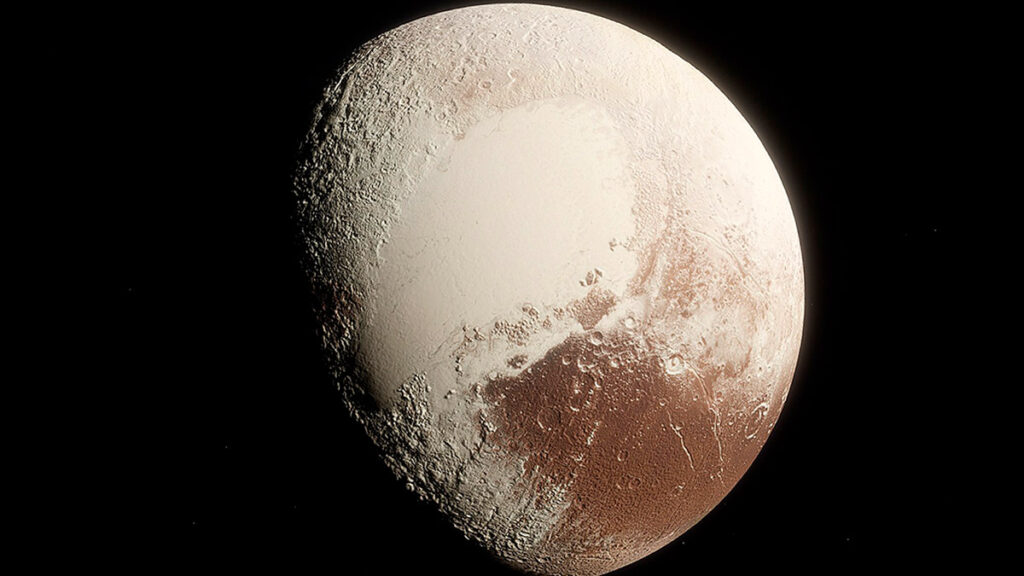
- Planets have orbital dominance. Dwarf planets don’t. Orbital dominance is when a planet clears its orbit from every other object either by capturing it as a moon, colliding with it, or pushing it away due to gravitational disturbance. This was the main criteria for why Pluto got “demoted” to a dwarf planet as it is not big enough to clear its neighborhood.
- Planets have full hydrostatic equilibrium. Not all dwarf planets do. Hydrostatic equilibrium is a complicated, fancy word to say that an object is big enough (or has enough mass) for its gravity to compress it and shape it like a sphere. It is the reason why Earth and all the other planets are mostly spherical. Small objects do not have hydrostatic equilibrium and this is why asteroids, meteors and other small objects are irregularly shaped or look like potatoes. Even though some of the larger dwarf planets like Pluto do have hydrostatic equilibrium, they have to meet both criteria (this and orbital dominance) to be classified as planets.
- Planets can be terrestrial (rocky) or Jovian (gas). Dwarf planets can only be rocky because of their size.
- Even though it is not a rule, it appears that dwarf planets are more likely to form in the outer regions of a star system.
- The orbits of dwarf planets intersect with those of other objects, including other dwarf planets. This is the case for Pluto, Eris, and OR10, a recently discovered dwarf planet candidate. The orbits of these 3 objects cross slightly at certain points. If they were to collide, they would probably destroy each other, creating a brand new asteroid belt. This is unlikely to happen in the foreseeable future, though.
- The smallest planet in the Solar system, Mercury, has a diameter of 4,879 kilometers (3,031 miles). It is almost twice as big as the largest dwarf planet, Eris, which has a diameter of 2,526 kilometers (1,569).
- Dwarf planets have, on average, shorter rotational periods than planets. 3 of the 5 dwarf planets have a rotational period faster than Earth’s which is around 24 hours.
Related reading
Summary
- The dwarf planet classification has existed only since 2006 and its exact definition is still a work in progress.
- The main differences between a planet and a dwarf planet are orbital dominance and hydrostatic equilibrium.
- Dwarf planets are considerably smaller than planets.
Enjoyed this article?
Get daily 10-minute PDFs about astronomy to read before bed!
Sign up for our upcoming micro-learning service where you will learn something new about space and beyond every day while winding down.

